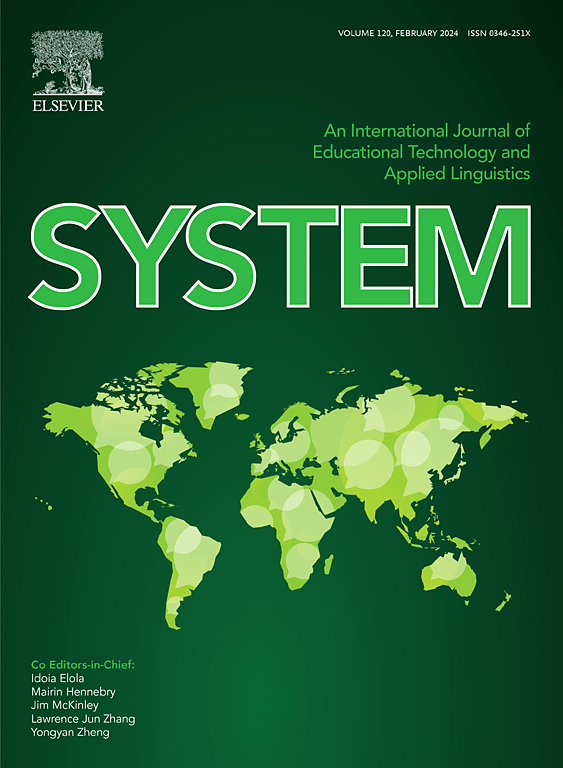Yeast culture in weaned lamb feed: a proteomic journey into enhanced rumen health and growth
IF 6.5
1区 农林科学
Q1 Agricultural and Biological Sciences
引用次数: 0
Abstract
Using yeast culture as additives in ruminant feed prevents rumen microbial dysbiosis, enhances performance, and regulates rumen pH. The yeast culture used in this study was developed in-house, and has been shown to promote rumen epithelial growth in several sheep trials. Changes in protein expression associated with the promotion of rumen epithelial development following the addition of yeast culture, along with the associated molecular mechanisms, remain unknown. We used 20 45-day-old weaned lambs to investigate the specific proteins and molecular mechanisms involved in these processes. Half of the lambs were fed yeast culture, and the other half were used as controls. Yeast culture enhanced growth performance, facilitated rumen fermentation, and promoted rumen papilla development in weaned lambs. Proteomics data identified 4,831 proteins in the rumen epithelial tissue of lambs, comprising 87 upregulated and 425 downregulated proteins. Administration of yeast culture activated multiple molecular functions within rumen epithelial cells, including oxidative phosphorylation, glutathione metabolism, apoptosis, cell cycle, and vitamin digestion and absorption. The expression of proteins associated with cell cycle regulation increased, whereas those associated with apoptosis decreased. Administration of yeast culture also reduced the duration of the G0/G1 phase of rumen epithelial cells and accelerated the cell cycle. Furthermore, yeast culture showed increased cyclin D1, cyclin-dependent kinase (CDK)2, CDK4, CDK6, and cyclin E1 expressions and decreased cytochrome C (Cyto-c), Bcl-2-related X protein (Bax), cleaved caspase 3 (C-caspase 3), caspase 3, and cleaved caspase 7 (C-caspase 7) protein expressions. Yeast culture upregulated the insulin-like growth factor-1 receptor (IGF-1R) and insulin-like growth factor-binding protein 5 (IGFBP-5) mRNA expressions in rumen epithelial cells. Yeast culture facilitates rumen epithelial development by regulating the cell cycle and IGF-1 signaling and reducing the expression of proteins associated with apoptosis in rumen epithelial cells. The findings of this study provide novel insights into the molecular mechanisms through which yeast culture promotes rumen epithelial development in weaned lambs.酵母培养在断奶羔羊饲料:蛋白质组学之旅,以提高瘤胃健康和生长
在反刍动物饲料中使用酵母培养物作为添加剂,可以防止瘤胃微生物生态失调,提高生产性能,调节瘤胃ph。本研究中使用的酵母培养物是内部开发的,并在几次绵羊试验中被证明可以促进瘤胃上皮细胞的生长。添加酵母培养物后与促进瘤胃上皮发育相关的蛋白表达变化及其相关的分子机制尚不清楚。我们使用20只45日龄断奶羔羊来研究这些过程中涉及的特定蛋白质和分子机制。其中一半饲喂酵母培养物,另一半作为对照。酵母培养物提高了断奶羔羊生长性能,促进了瘤胃发酵,促进了瘤胃乳头的发育。蛋白质组学数据显示,羔羊瘤胃上皮组织中存在4831个蛋白,其中87个蛋白表达上调,425个蛋白表达下调。酵母培养物激活了瘤胃上皮细胞内的多种分子功能,包括氧化磷酸化、谷胱甘肽代谢、细胞凋亡、细胞周期和维生素消化和吸收。与细胞周期调控相关的蛋白表达增加,而与细胞凋亡相关的蛋白表达减少。酵母培养物也缩短了瘤胃上皮细胞G0/G1期的持续时间,加速了细胞周期。此外,酵母培养物中cyclin D1、cyclin依赖性激酶(CDK)2、CDK4、CDK6和cyclin E1表达增加,细胞色素C (Cyto-c)、bcl -2相关X蛋白(Bax)、裂解型caspase 3 (C-caspase 3)、caspase 3和裂解型caspase 7 (C-caspase 7)蛋白表达降低。酵母培养上调瘤胃上皮细胞中胰岛素样生长因子-1受体(IGF-1R)和胰岛素样生长因子结合蛋白5 (IGFBP-5) mRNA的表达。酵母培养通过调节细胞周期和IGF-1信号传导,降低瘤胃上皮细胞凋亡相关蛋白的表达,促进瘤胃上皮细胞的发育。本研究的发现为酵母培养促进断奶羔羊瘤胃上皮发育的分子机制提供了新的见解。
本文章由计算机程序翻译,如有差异,请以英文原文为准。
求助全文
约1分钟内获得全文
求助全文
来源期刊

Journal of Animal Science and Biotechnology
AGRICULTURE, DAIRY & ANIMAL SCIENCE-
CiteScore
9.90
自引率
2.90%
发文量
822
审稿时长
17 weeks
期刊介绍:
Journal of Animal Science and Biotechnology is an open access, peer-reviewed journal that encompasses all aspects of animal science and biotechnology. That includes domestic animal production, animal genetics and breeding, animal reproduction and physiology, animal nutrition and biochemistry, feed processing technology and bioevaluation, animal biotechnology, and meat science.
 求助内容:
求助内容: 应助结果提醒方式:
应助结果提醒方式:


